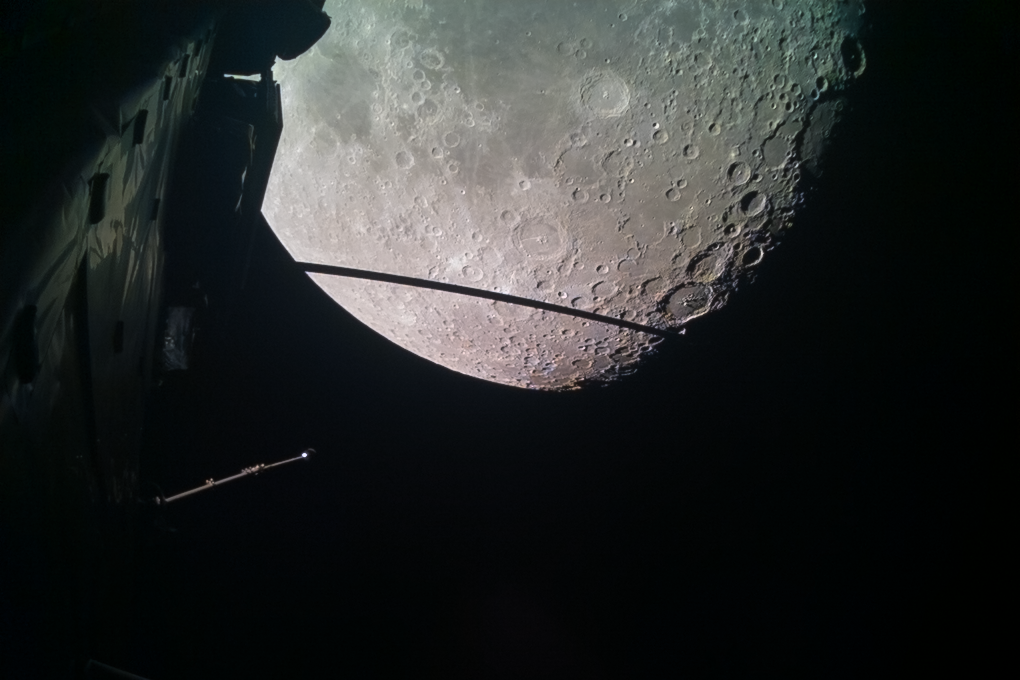A star 75 times the size of the sun is bubbling like a lava lamp
R Doradus is a red giant star located about 180 light years from Earth in the constellation Dorado
Your support helps us to tell the story
From reproductive rights to climate change to Big Tech, The Independent is on the ground when the story is developing. Whether it's investigating the financials of Elon Musk's pro-Trump PAC or producing our latest documentary, 'The A Word', which shines a light on the American women fighting for reproductive rights, we know how important it is to parse out the facts from the messaging.
At such a critical moment in US history, we need reporters on the ground. Your donation allows us to keep sending journalists to speak to both sides of the story.
The Independent is trusted by Americans across the entire political spectrum. And unlike many other quality news outlets, we choose not to lock Americans out of our reporting and analysis with paywalls. We believe quality journalism should be available to everyone, paid for by those who can afford it.
Your support makes all the difference.Astronomers have, for the firs time, captured images of a star other than the sun in enough detail to track the motion of bubbling gas on its surface.
The images show giant, hot bubbles of gas, 75 times the size of the sun, appearing on the surface of the star, called R Doradus, and sinking back into it faster than expected.
Energy is produced in the cores of stars through nuclear fusion and huge, hot bubbles of gas can carry this energy towards the star’s surface.
They then cool down and sink, much like a lava lamp.
Lead author Wouter Vlemmings, a professor at Chalmers University of Technology, Sweden, said: “This is the first time the bubbling surface of a real star can be shown in such a way.
“We had never expected the data to be of such high quality that we could see so many details of the convection on the stellar surface.”
![Astronomers have tracked bubbles on a star’s surface in the most detailed images yet (ALMA [ESO/NAOJ/NRAO]/W Vlemmings et al/PA)](https://static.independent.co.uk/2024/09/11/16/11154804-3be857b0-9de1-4061-9379-59166978d4aa.jpg)
The images of R Doradus were taken with the Atacama Large Millimetre/submillimetre Array (Alma), a telescope co-owned by the European Southern Observatory, in July and August 2023.
Using Alma, the researchers were able to obtain high-resolution images of the surface of the star over the course of a month.
R Doradus is a red giant star, with a diameter roughly 350 times that of the sun, located about 180 light years from Earth in the constellation Dorado.
Its size and proximity to Earth make it an ideal target for detailed observations.
Its mass is similar to that of the sun, meaning R Doradus is likely fairly similar to how our sun will look like in five billion years, once it becomes a red giant.
The research is published in the Nature journal.

Just last month stunning new images of the moon were beamed back to Earth from the European Space Agency’s (ESA) Juice mission showing some sign of real colour differences on the lunar surface.
The spacecraft began performing a the first ever fly-by of its kind on a shortcut to Jupiter via Venus. During this risky manoeuvre, Jupiter Icy Moons Explorer (Juice) managed to capture some pictures of the moon.